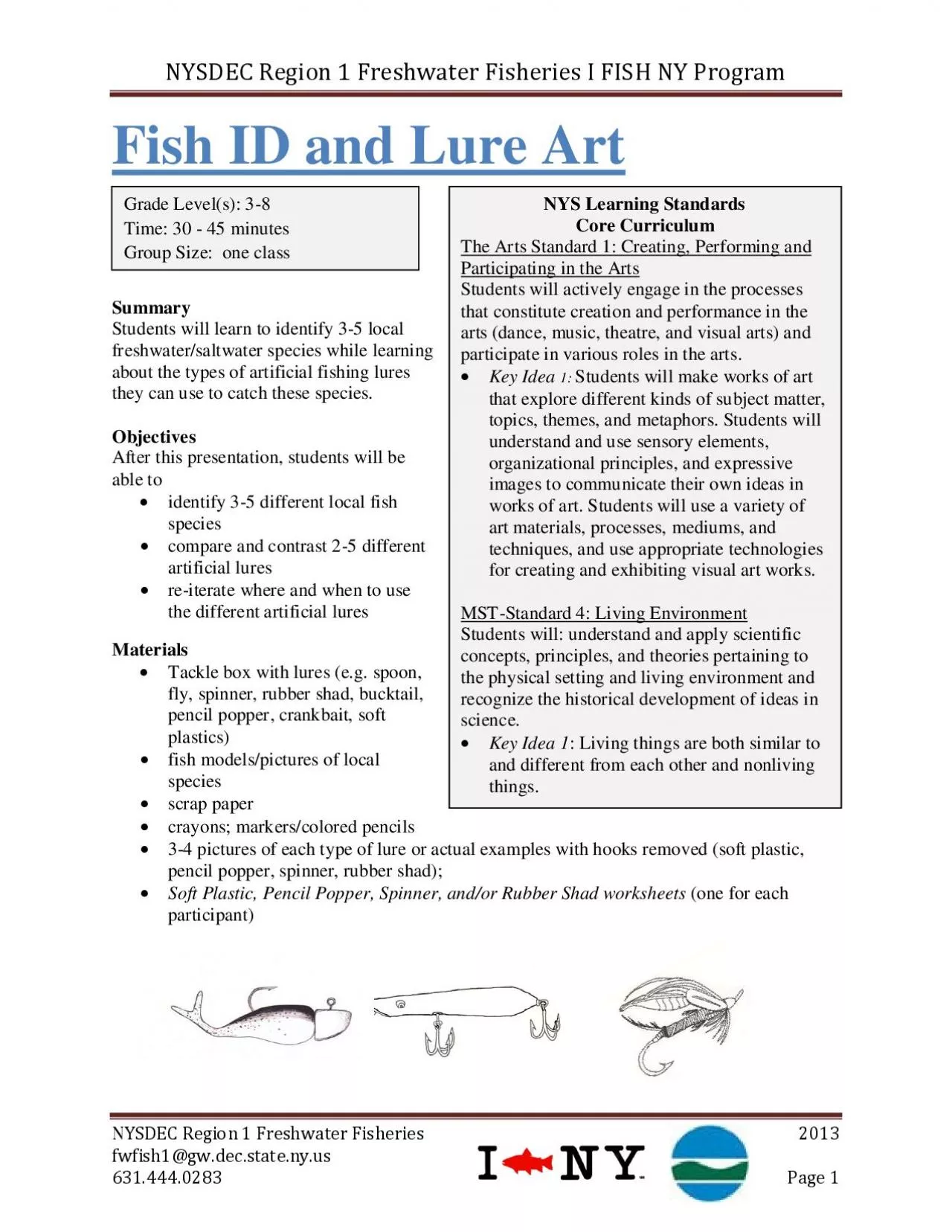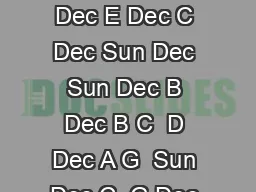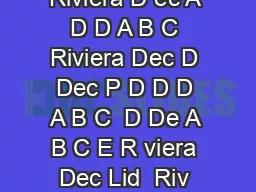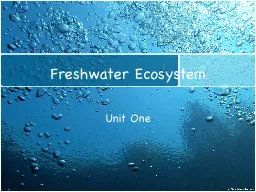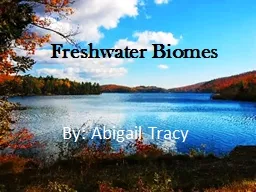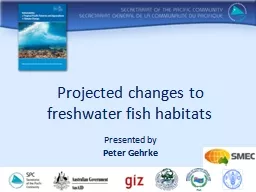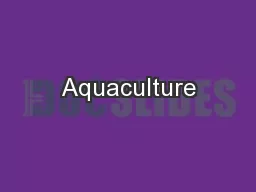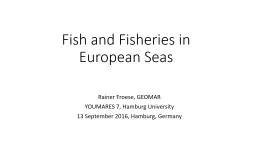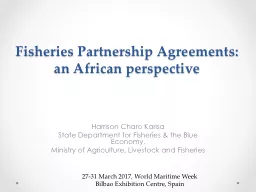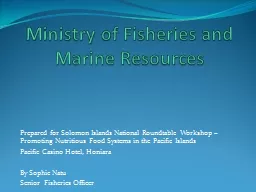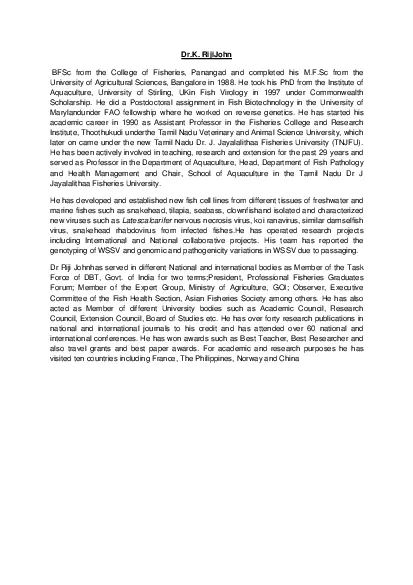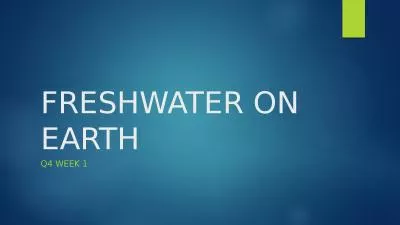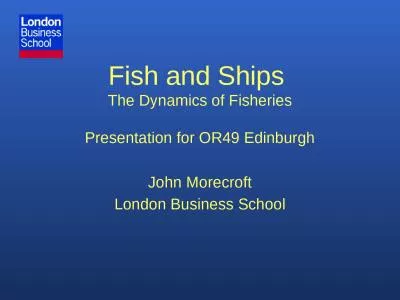PDF-DEC Region 1 Freshwater Fisheries I FISH NY Program
Author : miller | Published Date : 2021-08-25
NYSDEC Region 1 Freshwater Fisheries 2013fwfish1gwdecstatenyus6314440283Page Fish ID and Lure ArtNYS Learning StandardsCore Curriculum The Arts Standard 1 Creating
Presentation Embed Code
Download Presentation
Download Presentation The PPT/PDF document "DEC Region 1 Freshwater Fisheries I FISH..." is the property of its rightful owner. Permission is granted to download and print the materials on this website for personal, non-commercial use only, and to display it on your personal computer provided you do not modify the materials and that you retain all copyright notices contained in the materials. By downloading content from our website, you accept the terms of this agreement.
DEC Region 1 Freshwater Fisheries I FISH NY Program: Transcript
Download Rules Of Document
"DEC Region 1 Freshwater Fisheries I FISH NY Program"The content belongs to its owner. You may download and print it for personal use, without modification, and keep all copyright notices. By downloading, you agree to these terms.
Related Documents

